WORLDWIDE: HEADLINES
Analysis: Chinese flock to home-grown brands in golden opportunity for investors
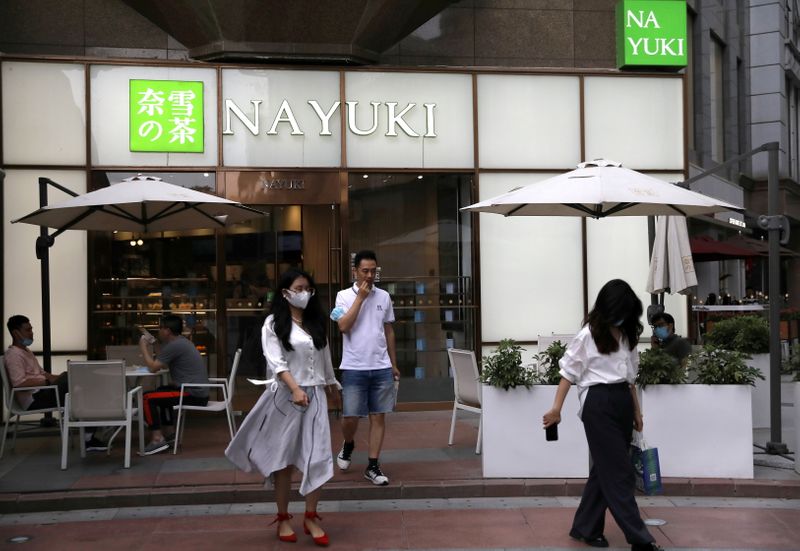
He Shuang, a student at a U.S. university stranded in her home city of Chongqing in southwest China during the pandemic, has added more than 300 domestic brands to her list of favorites on Alibaba’s (9988.HK) Taobao online mall.
Like with He, Chinese brands are hot with most shoppers and have spurred billions of dollars in investment, as consumers increasingly make patriotic choices amid a growing backlash against foreign brands in the country.
A surge in online shopping after people were forced indoors due to COVID-19 last year, a recovery in the market since then, and infrastructure that allows vendors to scale up swiftly have also propelled demand for local brands.
“Once you try, you find the quality of local products is as good as foreign products,” said the 19-year-old He, who favors home-grown labels from Carslan eye shadows and Feiyue sneakers to Bestore Co (603719.SS) snacks and Miniso (MNSO.N) homeware.
Maia Active, a Sequoia Capital-backed athleisure wear maker, said its products were designed based on body measurements of Asian women and, therefore, offered local customers a better fit and more comfort than western counterparts.
In lockstep with demand, investors too have been pouring funds into local consumer brands this year.
Chinese consumer firms raised 69.7 billion yuan ($11 billion) from primary market investors in the first five months, more than double the year-earlier amount, according to Cygnus Equity, a Chinese boutique investment bank.
“Beauty products, food and beverage brands are the most popular. Recently hotpot and ramen brands are particularly coveted,” said Ming Jin, managing partner at Cygnus.
Up to 200 brands are currently seeking new capital from investors, bankers and investors said.
“China is the easiest market for building something from zero to a 100-million-yuan sales target,” a private equity investor in tea chain operator Nayuki (2150.HK) said, declining to be named as he was not authorized to speak to media.
Full coverage: REUTERS
Macron rolls out red carpet to JPMorgan, global CEOs in post-Brexit push
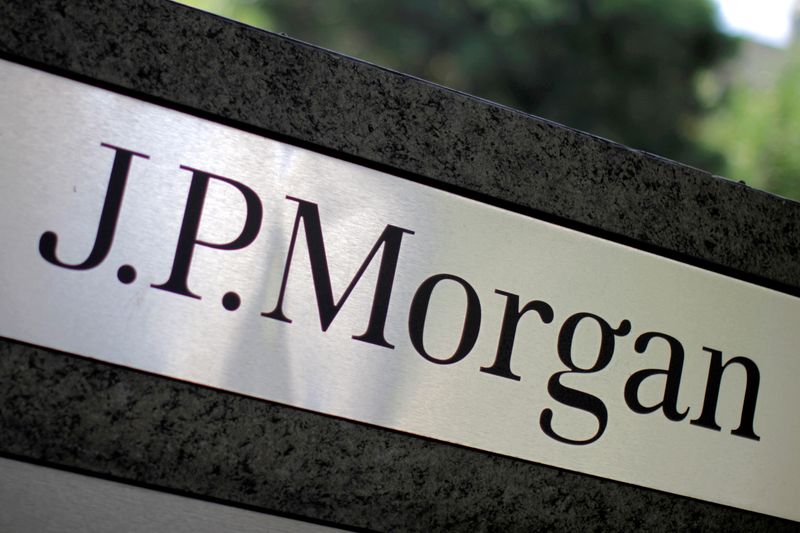
President Emmanuel Macron will declare that Paris is back on the map of global finance on Tuesday when he inaugurates JPMorgan’s new trading hub in the French capital which he hopes will attract more bankers leaving post-Brexit Britain.
The U.S. bank’s chief executive, Jamie Dimon, will be one of almost 120 international CEOs travelling to Versailles on Monday for Macron’s now traditional “Choose France” summit in which he pitches France as an investment destination.
The day after, Dimon and Macron will visit JPMorgan’s new hub in central Paris, a stone’s throw away from the Louvre Museum, where about 440 employees will be based, many having relocated from London.
Macron’s advisers say that is testament to the appeal of France’s pro-business reforms implemented since the former investment banker’s election in 2017.
JPMorgan’s new trading floor is the latest concrete example of how Brexit is changing Europe’s financial landscape since January.
Paris is at the vanguard of attempts to relocate clearing of euro derivatives from London to the EU after Britain’s “Big Bang” liberalization of financial rules in the 1980s drained EU financial capitals of such activity and staff.
Global banks like JPMorgan have long used London as their EU gateway, but with Brexit largely severing Britain from the bloc’s financial market, banks have spent millions of dollars on hubs in Paris, Frankfurt and elsewhere in the bloc to avoid disruption.
EY has calculated that over 7,500 financial jobs and $1.3 trillion in assets have moved from London to the EU.
After these initial moves, financial firms are now deciding if there is enough business in London and the EU for two operations to be profitable.
Full coverage: REUTERS
WORLDWIDE: FINANCE / MARKETS
Asian shares kick-off week on cautious note as COVID-19 cases spike
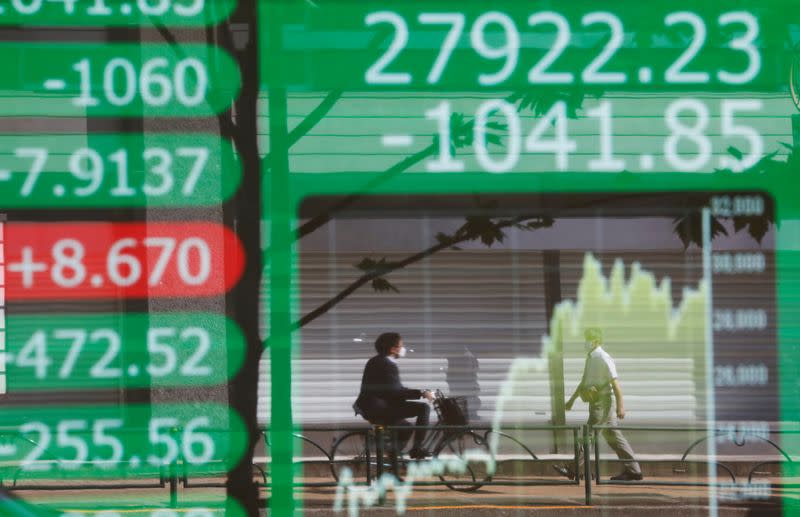
Asian shares got the week off to a cautious start on Monday, with Chinese markets holding steady, as a spike in coronavirus cases across the region over the weekend hurt investor sentiment while oil hovered around 2-1/2 year highs.
MSCI’s broadest index of Asia-Pacific shares outside Japan was last a shade weaker at 702.57. Australian shares (.AXJO) slipped 0.2%. South Korea’s benchmark KOSPI (.KS11) was barely changed as was Japan’s Nikkei (.N225).
Investors were concerned about a spike in coronavirus infections in Asia with Australia’s most populous city of Sydney plunging into a lockdown after a cluster of cases involving the highly contagious Delta strain ballooned.
Indonesia is battling record high cases while a lockdown in Malaysia is set to be extended. Thailand too announced new restrictions in Bangkok and other provinces.
Chinese shares were a touch higher with the CSI300 index (.CSI300) up 0.2%. Data over the weekend showed profit growth at China’s industrial firms slowed again in May as surging raw material prices squeezed margins and weighed on factory activity.
Investors will keep a close eye on official factory activity from China due Wednesday. The manufacturing reading is expected to slow to 50.7 from 51. The private sector Caixin Manufacturing PMI will follow later in the week.
Last week, global shares reached record highs as weaker-than-expected U.S. inflation and news of a bipartisan U.S. infrastructure agreement boosted risk appetite.
The infrastructure plan is valued at $1.2 trillion over eight years, of which $579 billion is new spending.
“Investors are keenly watching the progress of U.S. President Biden’s bipartisan infrastructure deal through congress. The package could boost demand significantly, driven by investment in renewables and electronic vehicle (EV) infrastructure,” ANZ analysts wrote in a note.
Full coverage: REUTERS
Oil strikes 2018 highs on demand recovery, Iran nuclear talks
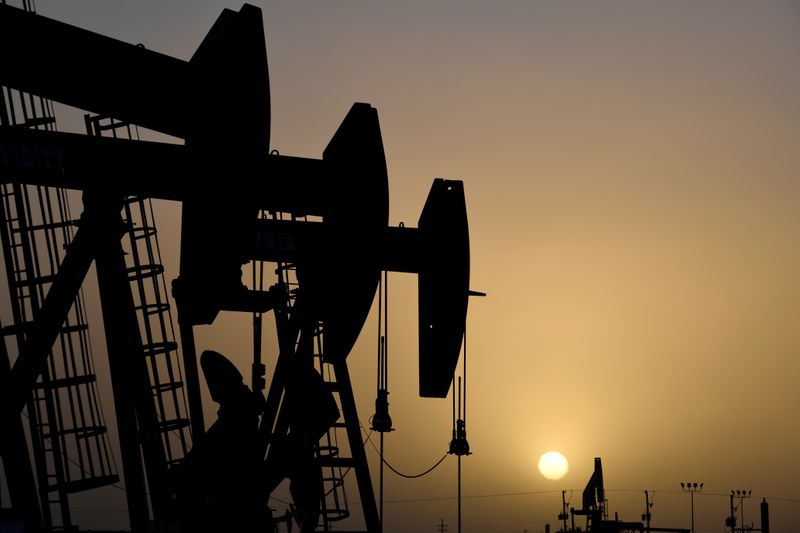
Oil prices climbed to highs last seen in October 2018 on Monday as the United States and Iran wrangled over the revival of a nuclear deal, delaying a surge in Iranian oil exports, while investors eyed the outcome of the OPEC+ meeting this week.
Brent crude for August had gained 22 cents, or 0.3%, to $76.40 a barrel by 0051 GMT while U.S. West Texas Intermediate crude for August was at $74.30 a barrel, up 25 cents, or 0.3%.
Oil prices rose for a fifth week last week as fuel demand rebounded on strong economic growth and increased travel during summer in the northern hemisphere, while global crude supplies stayed snug as the Organization of the Petroleum Exporting Countries (OPEC) and their allies maintained production cuts.
The producer group, known as OPEC+, is returning 2.1 million barrels per day (bpd) to the market from May through July as part of a plan to gradually unwind last year’s record oil output curbs. OPEC+ meets on July 1 and could further ease supply cuts in August as oil prices rise on demand recovery.
“We expect the OPEC+ alliance will try to balance the market’s need for more supply against the fragile nature of the recovery in demand, at next week’s meeting,” ANZ analysts said, adding that jet fuel demand recovery continued to be capped with the closure of international borders.
ANZ expect OPEC+ to increase output by about 500,000 bpd in August, which is likely to support higher prices.
Negotiations over the revival of Iran’s nuclear deal are expected to resume in coming days. A monitoring agreement between Tehran and the U.N. nuclear watchdog lapsed last week.
A weaker U.S. dollar (.DXY) and a reversal of risk appetite in global markets also supported dollar-denominated commodity prices.
Full coverage: REUTERS
Dollar off to firm start as U.S. price data fail to quell inflation worries
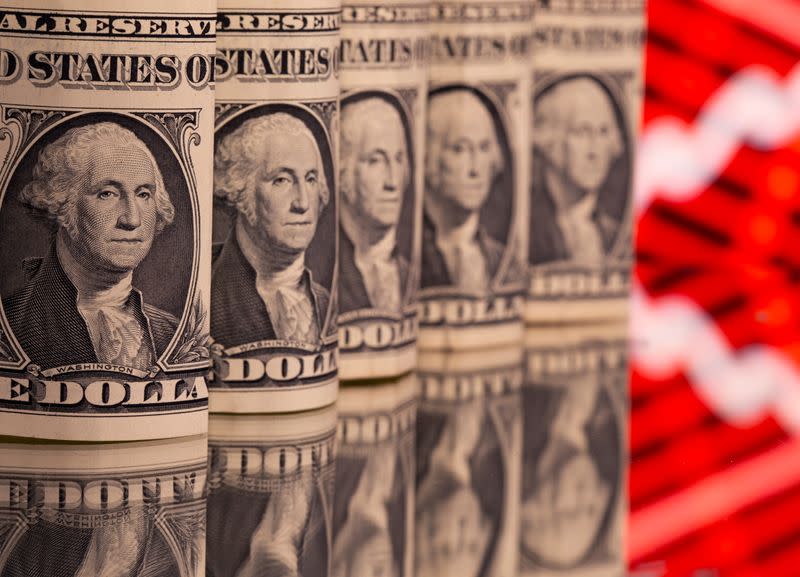
The dollar held firm on Monday after slightly softer-than-expected U.S. inflation did little to chip away investors’ conviction that the Federal Reserve could tighten monetary policy if consumer price pressures continue to intensify.
The dollar’s index against six other major currencies was steady at 91.793, having recovered from Friday’s low of 91.524 hit in the wake of the inflation readings.
The euro was little changed at $1.19385, struggling to recover the $1.20 level while the dollar consolidated at 110.80 yen, not far from Wednesday’s 15-month high of 110.105.
The U.S. personal consumption expenditures (PCE) price index, excluding the volatile food and energy components, increased 0.5% after advancing 0.7% in April.
In the 12 months through May, the so-called core PCE price index, the Fed’s favorite gauge of inflation, shot up 3.4%, the largest gain since April 1992.
Although inflation is expected to slow towards the year-end, signs of a tight labor market kept many investors fretting over wage-driven price pressures.
Among a raft of economic indicators due this week, Friday’s payroll data is a key focus, with economists expecting an increase of 675,000 nonfarm payrolls.
“Depending on the outcome of the payroll’s data, the market could start pricing in more chances of a rate hike next year,” said Yukio Ishizuki, senior currency strategist at Daiwa Securities.
December 2022 Fed funds rates futures are almost fully pricing in a 0.25 percentage point rate hike by the end of next year.
The general mood around an ongoing economic recovery remained solid, as Republican Senate negotiators on an infrastructure deal were optimistic about a $1.2 trillion bipartisan bill after President Joe Biden withdrew his threat to veto the measure unless a separate Democratic spending plan also passes Congress.
Full coverage: REUTERS